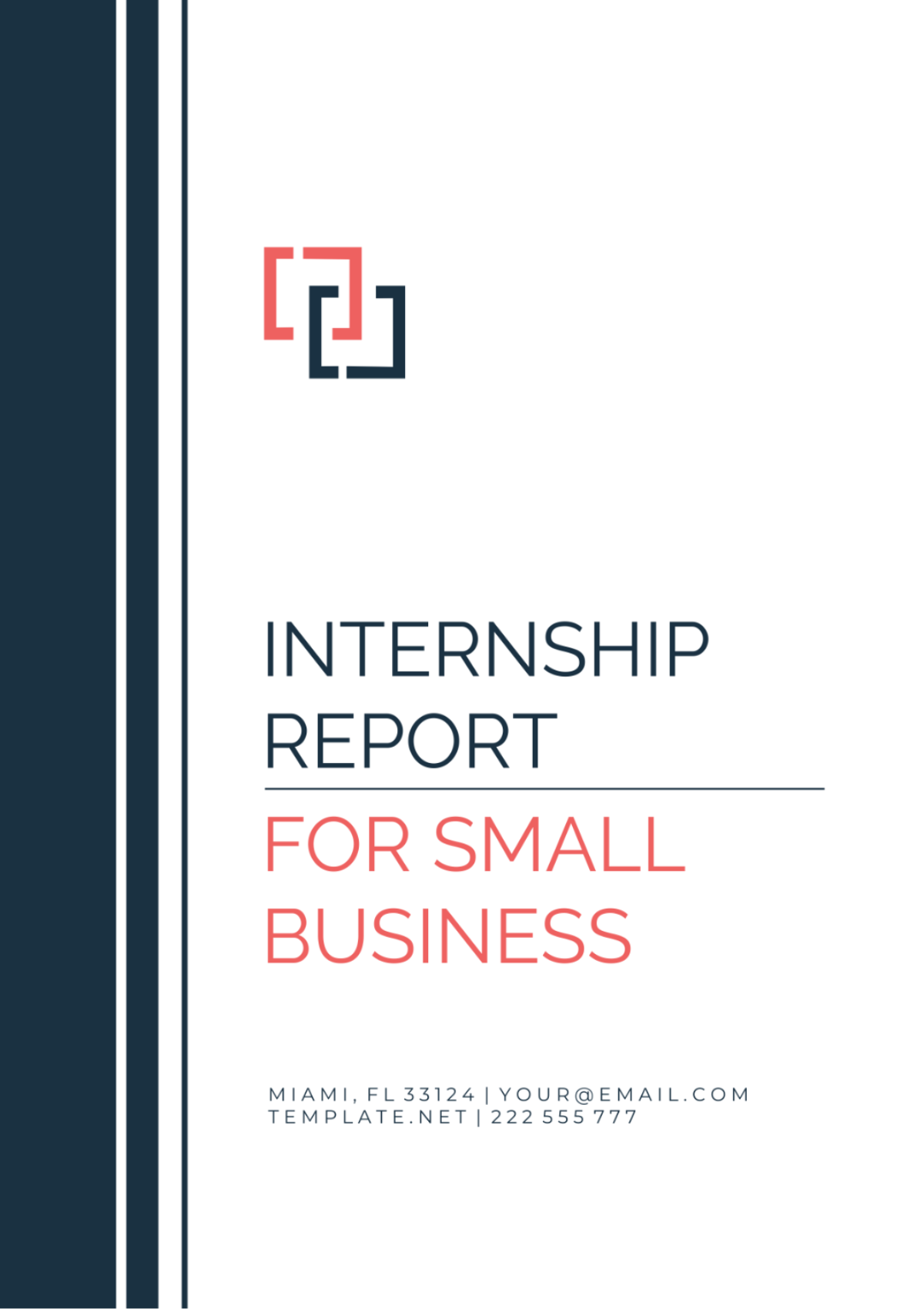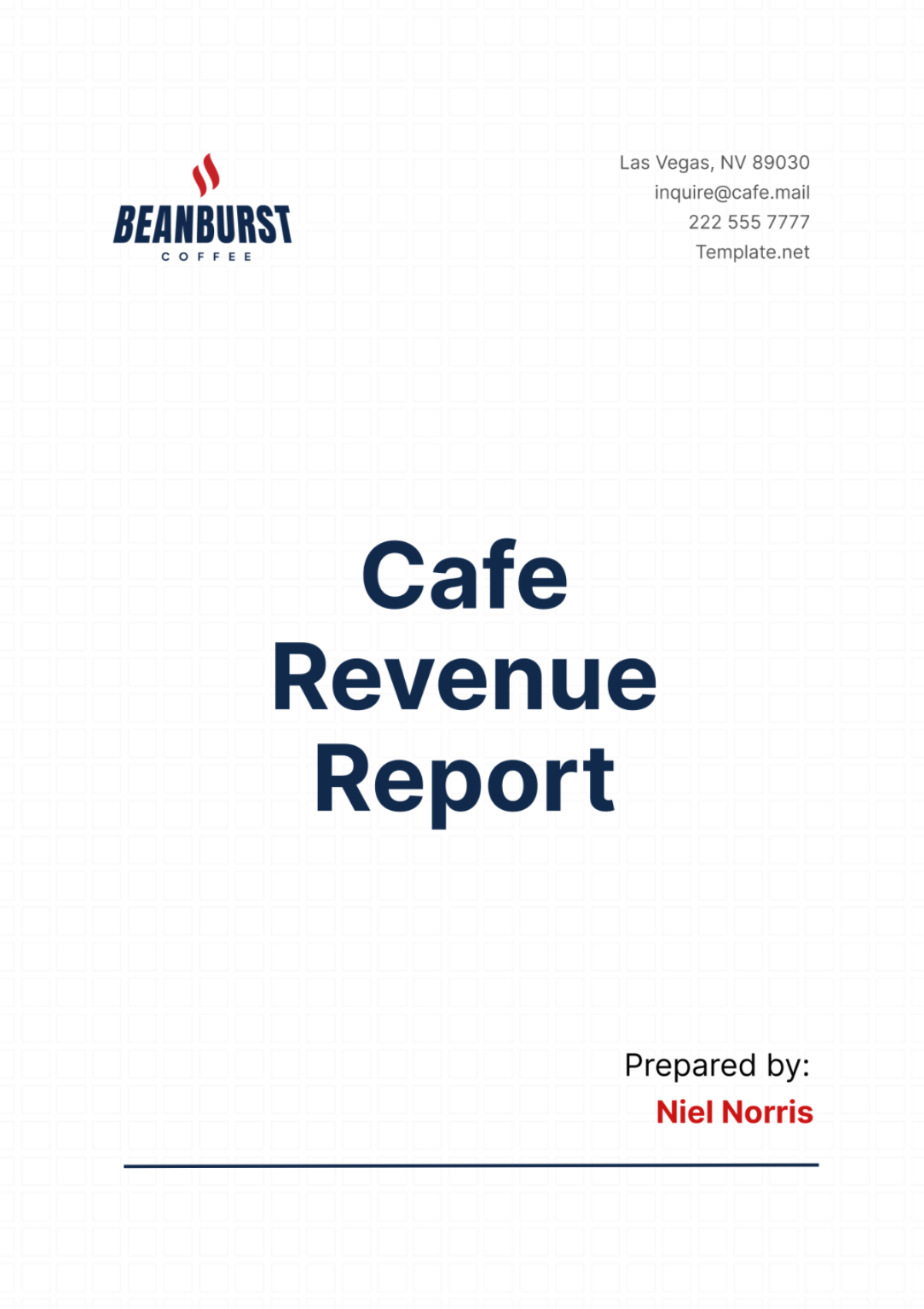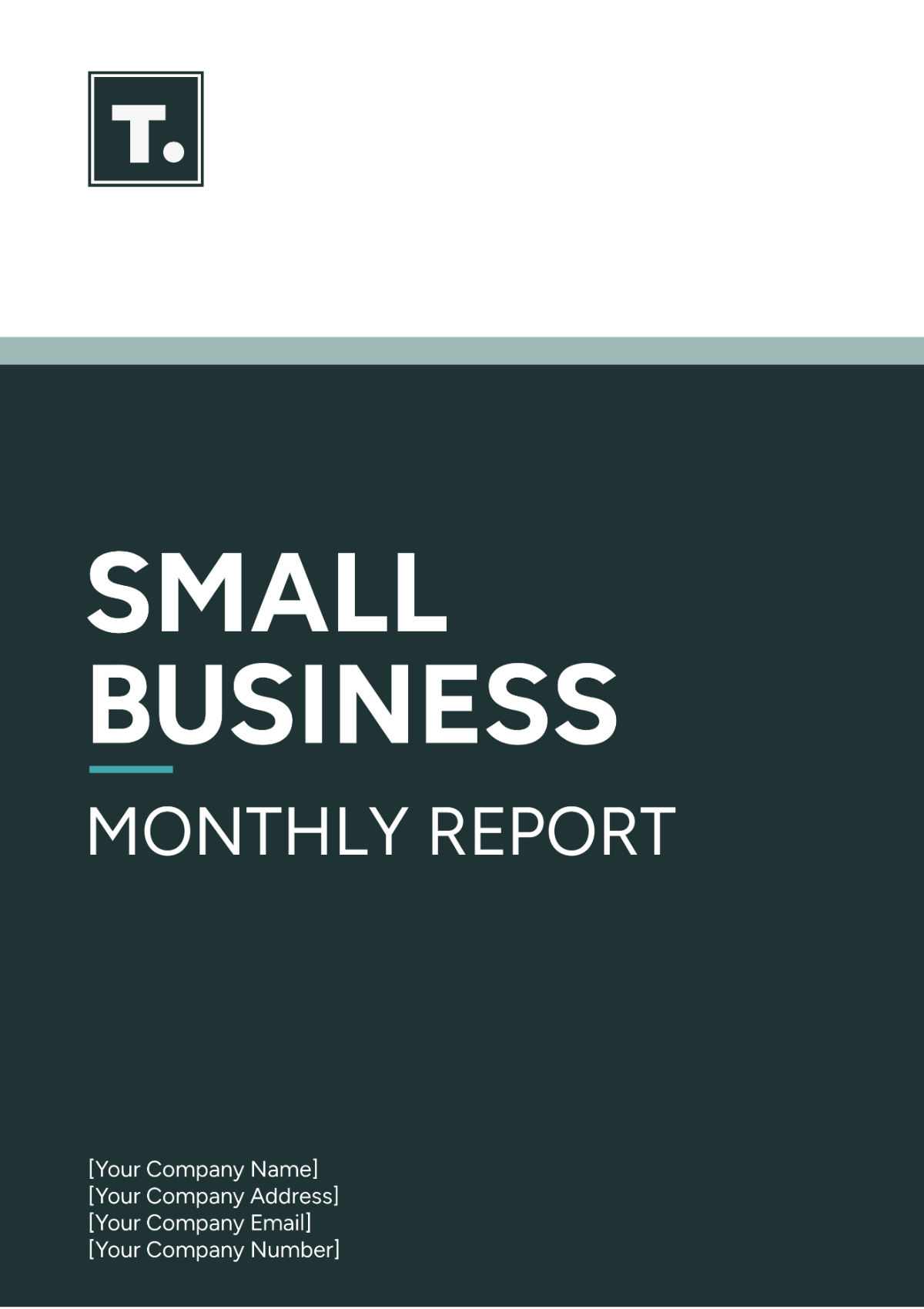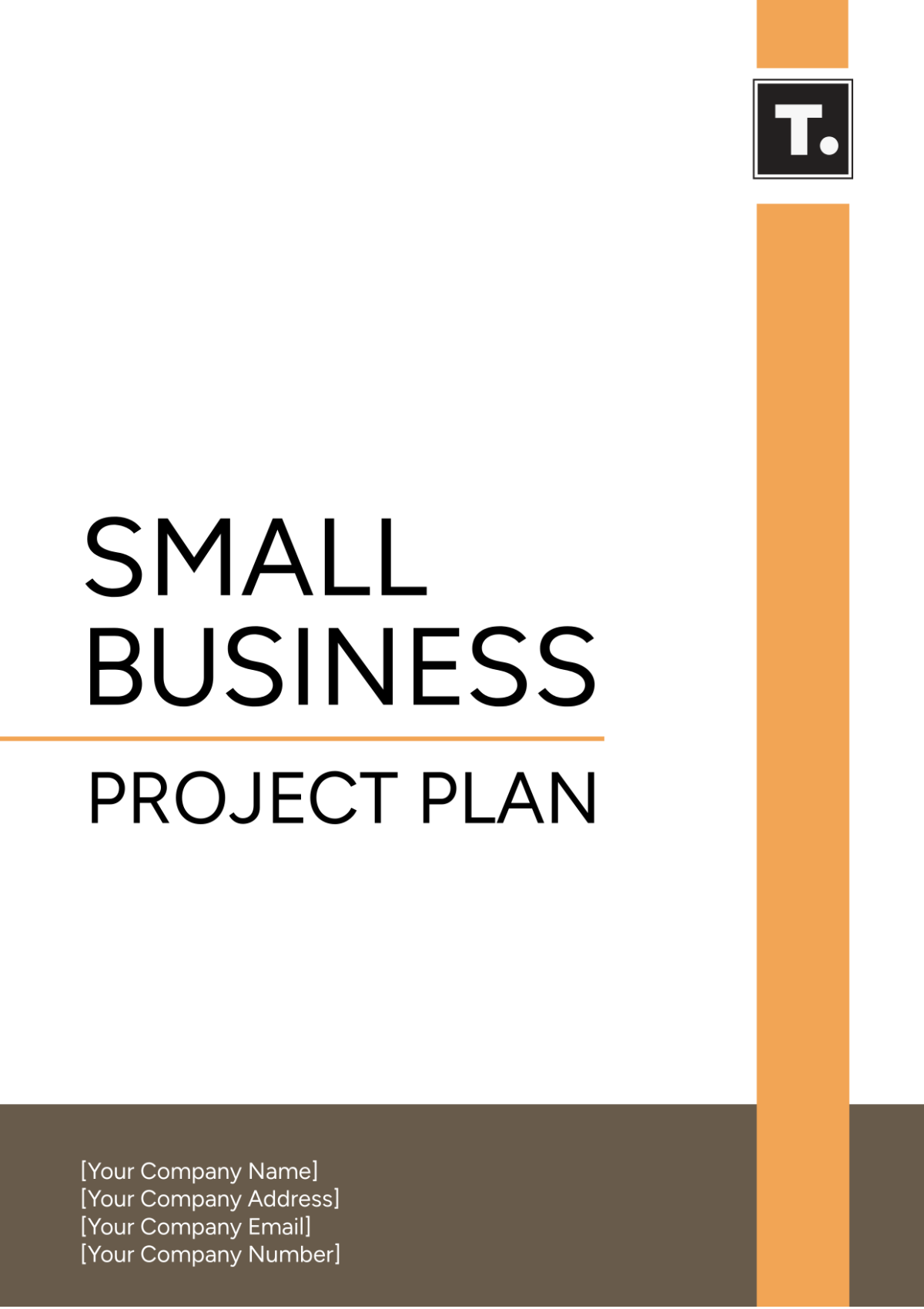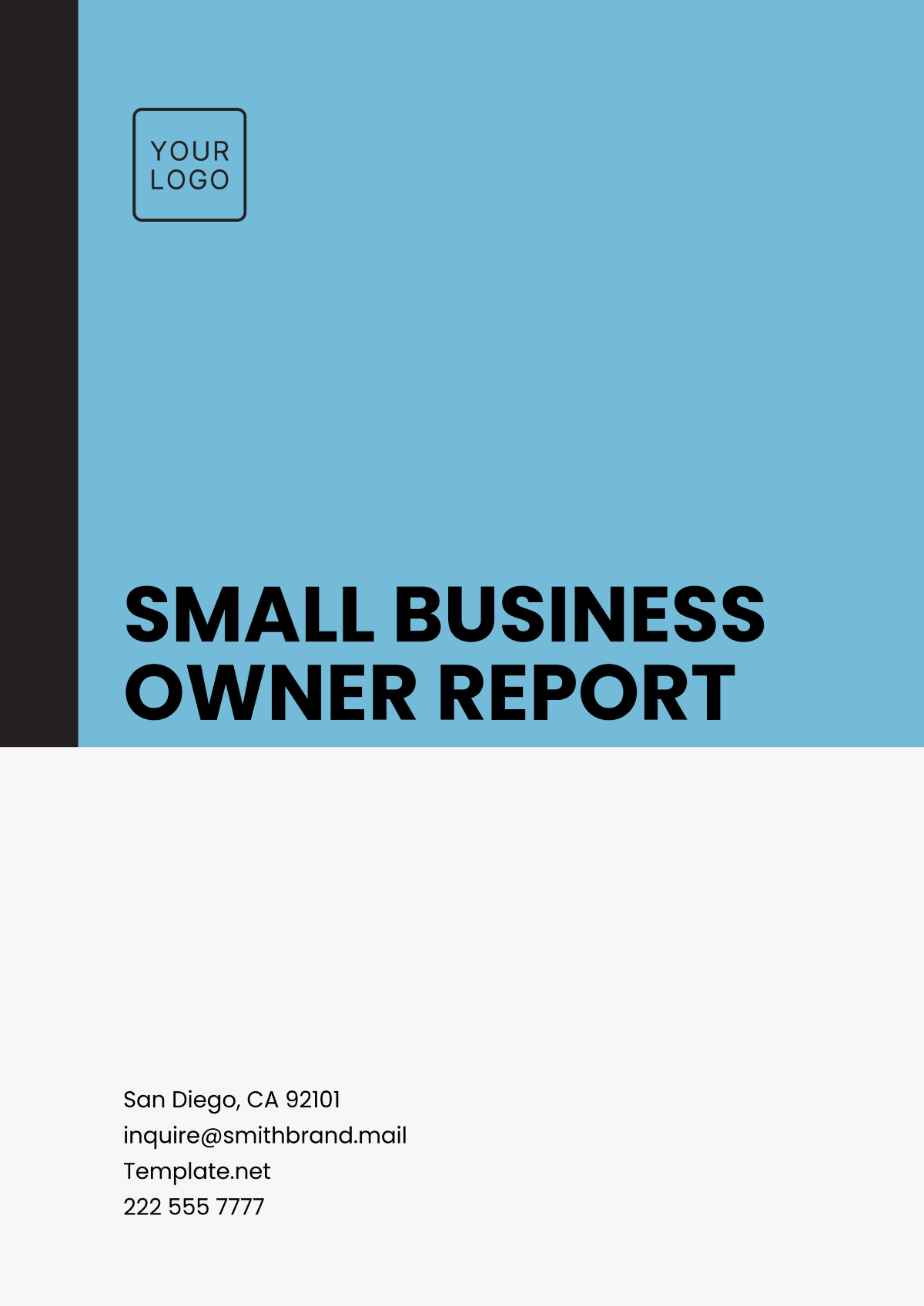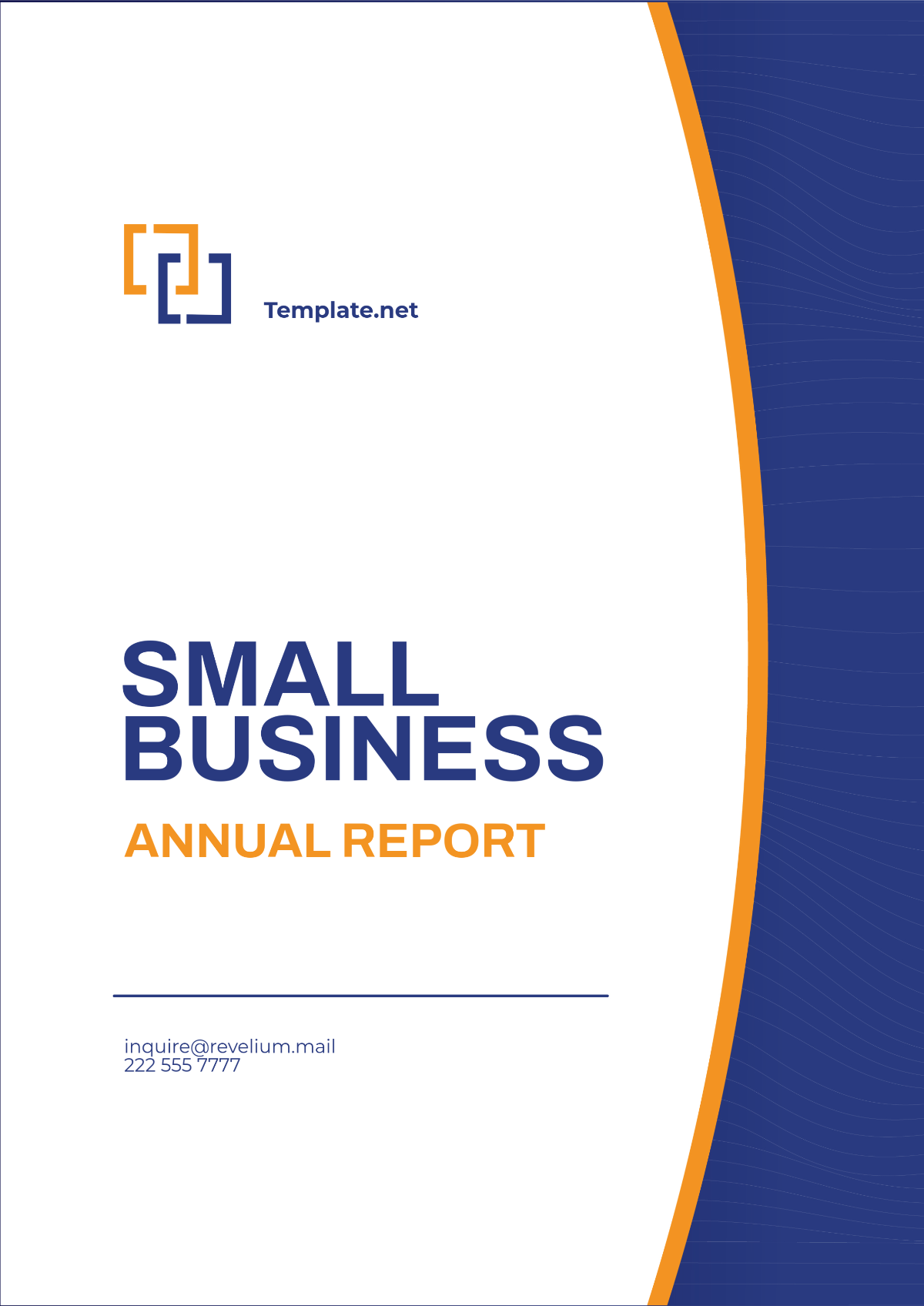Internship Report for Small Business
Intern Name: [YOUR NAME]
Internship Period: June 1, 2050 – August 31, 2050
Report Submission Date: September 5, 2050
Supervisor Name: Elvie Block
Position: Business Improvement Intern
1. Introduction
This report summarizes my internship experience at ZenExa, a sustainable consulting firm based in Denver, CO 80202. The company specializes in providing eco-friendly solutions to small businesses, focusing on reducing environmental footprints while optimizing operational efficiency. During my three-month internship, I focused on analyzing key areas of the company's internal processes and identifying potential improvements in both operations and the internship program itself.
2. Objectives of the Internship
The objectives of my internship were:
To observe and document current business operations to identify inefficiencies.
To suggest improvements that could help ZenExa streamline workflows and reduce operational costs.
To evaluate the existing internship program and propose enhancements that could improve the experience for future interns.
To gain hands-on experience in business process improvement within a real-world corporate setting.
3. Tasks and Responsibilities
Throughout the internship, my tasks and responsibilities included:
Process Analysis: I mapped out the company's project management workflows, focusing on the project lifecycle from lead generation to final project delivery.
Data Collection: Gathering internal reports and employee feedback to better understand the current performance metrics and operational bottlenecks.
Stakeholder Interviews: I interviewed department heads in operations, marketing, and HR to collect qualitative data on their daily challenges and insights.
Internship Program Assessment: I distributed surveys to current and former interns, evaluating their experience with the program and areas they believed needed improvement.
4. Business Improvement Insights
4.1 Efficiency of Current Processes
During my process mapping, I identified a key inefficiency in how client projects were handled. The transition between departments (specifically from marketing to project management) was slow due to a lack of standardized documentation. Each department had its own reporting style, resulting in confusion and project delays. Additionally, the manual tracking of project milestones in spreadsheets was time-consuming and prone to human error.
4.2 Areas for Improvement
Client Onboarding Process:
The client onboarding process lacked automation, and much of the information was collected through email correspondence, which often led to miscommunication and data loss. I found that the average onboarding time for a new client was 7–10 days, which could be significantly reduced by implementing an automated client intake system.
Inconsistent Use of Project Management Tools:
While the company uses project management software (EcoTask Pro), it is not fully integrated across departments. Employees often switch between different tools (email, spreadsheets, and physical whiteboards) to track project progress, causing delays and inconsistencies in reporting.
4.3 Internship Program Evaluation
The feedback from current and former interns suggested that while the program provided valuable learning opportunities, it lacked structure in terms of professional development. Many interns mentioned that they were not given enough feedback on their performance or clear guidance on how their work contributed to the company’s objectives. Several interns also felt their responsibilities were vague, leading to underutilization of their skills.
5. Challenges and Solutions
Challenge 1: Inconsistent Client Information Flow
Solution: Implement a centralized customer relationship management (CRM) system that automatically populates client data across departments, reducing the time spent manually updating information. This would also improve the accuracy and reliability of client records.
Challenge 2: Lack of Communication Between Departments
Solution: I recommended the introduction of weekly cross-departmental meetings to ensure that teams working on the same project are aligned in terms of goals, timelines, and deliverables. This would minimize confusion and project delays.
Challenge 3: Vague Internship Structure
Solution: To enhance the internship experience, I suggested implementing a clear intern onboarding process, including an introduction to company goals, specific intern tasks, and scheduled performance reviews. A mentorship program could also be established to help interns navigate their responsibilities and grow professionally.
6. Recommendations
Based on my observations and analysis, I propose the following improvements for ZenExa:
Adopt a Unified CRM System: Moving to a centralized CRM system that integrates with project management tools would streamline client onboarding and project tracking. This would reduce manual data entry and minimize errors across departments.
Standardize Project Reporting: Developing a standardized project reporting format that all departments can use will ensure smoother handovers and reduce project delays.
Improve Communication Channels: Regular cross-department meetings and the use of collaborative tools like Slack or Microsoft Teams would foster better communication and collaboration across the company.
Revamp the Internship Program: Introduce a formal structure for the internship program that includes clear learning objectives, regular check-ins, and more meaningful feedback. Pair interns with mentors from different departments to provide a broader learning experience.
Employee Training Programs: Regular workshops should be introduced to train employees on using integrated software systems and improve digital literacy, reducing inefficiencies caused by outdated practices.
7. Conclusion
My internship at ZenExa was an invaluable learning experience. Through this role, I gained deep insights into business operations and identified several key areas for improvement that could enhance the company's overall efficiency. By adopting the recommendations outlined above, ZenExa could reduce project delays, improve internal communication, and create a more structured and enriching internship program. These changes would not only benefit day-to-day operations but also position the company for future growth and success.

